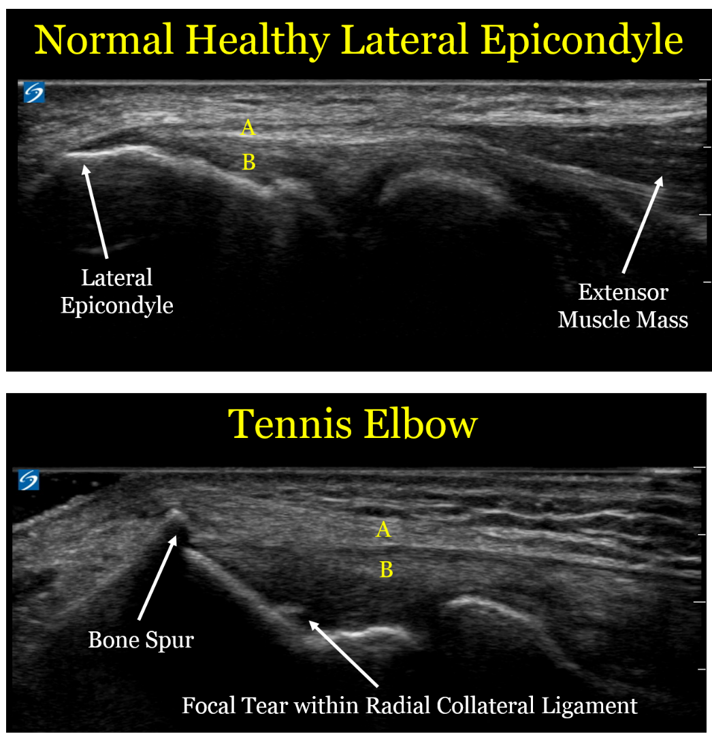We had four 2 1/2 hour very intense training sessions, and the hard work has paid off as our squad is looking nearly match ready for our up and coming international tournament at the end of the month. Our team is the host of the World Medical Football Championships (WMFC) this year, to be held in Long Beach, CA, in conjunction with the Global Congress on Medicine and Health in Sport (GCMHS).
On Friday, we partnered with the Seattle Sounders organization (www.soundersfc.com) for an outreach event. Former first team Sounder, Roger Levesque, now the Director of Community Outreach, joined us at the Rainier Vista Boys and Girls Club in Seattle where we put on our Healthy, Fit and Smart program for approximately 70 youngsters. The kids were creative as usual as they were asked questions about physical activity, nutrition and the human body in an interactive format. Amazing to observe a 9 year old recount their understanding of their uncle's heart attack as one of our cardiologists and physician-athlete discusses exercise effects on the heart muscle. We are grateful for the opportunity to partner with another wonderful Major League Soccer organization.
On Saturday evening, we were grateful that Michael Morris, team physician for the Seattle Sounders, joined us at our team dinner at the Icon Grill in Seattle. Our physician athletes appreciated the opportunity to get to know him and learn what it's like to help manage the physical injuries of elite soccer athletes.
Sonosite (locally based, international company) was kind enough to lend me a portable ultrasound unit (the Edge), affording me the opportunity to utilize my sports medicine skills to evaluate and treat several of my physician teammates. A hearty thank you to Sonosite (http://www.sonosite.com/), who has also kindly agreed to help sponsor the GCMHS and provide equipment that will allow me to provide onsite diagnostic services to the physician-athletes participating in the WMFCs.
So now we're only 3 weeks away from our tournament. We expect approximately 500 physicians from 18 different nations to participate in the conference and tournament.
The competition will be fierce, and the USMST up until now has not made it out of the group stages of the tournament. We are confident, however, that as hosts, we can best our prior performances.
This will be my first year to participate in the tournament though I have had the opportunity to train with the USMST for the past 1 1/2 yrs on several occasions. Fabulous group of physician athletes. Though most of us are beginning to show our age on the pitch, every so often each of us enjoys a bright moment of greatness on the field.
Please enjoy the following silly video clip, and please come support our squad in the WMFCs in Long Beach June 27-July 4!












